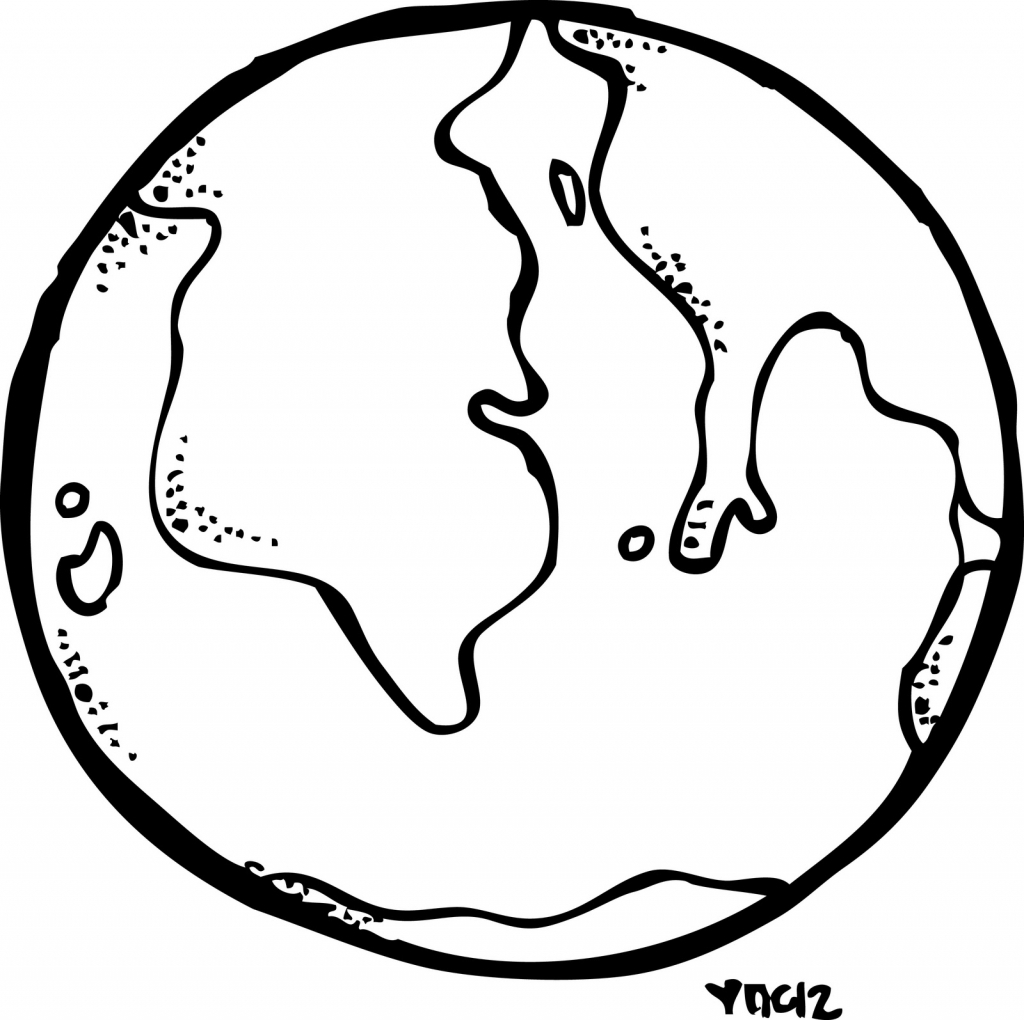Have you ever wanted to try your hand at earth drawing but didn't know where to start? Well, you're in the right place! Whether you're an aspiring artist or just someone who loves to doodle, this guide is here to help you create your own masterpiece. Earth drawing can be as simple or as complex as you want it to be, and with a bit of practice, you'll be creating stunning planet art in no time!
Let's face it, drawing the Earth might sound intimidating at first. After all, it's a pretty massive subject, right? But don't worry, we're breaking it down into bite-sized chunks so you can tackle it step by step. From understanding basic shapes to adding intricate details, this guide will walk you through everything you need to know.
So, grab your pencils, markers, or digital tools—whatever floats your boat—and let's dive into the world of earth drawing. Who knows, maybe you'll discover a hidden talent or even develop a new hobby along the way!
Read also:Unveiling Valerie Vaughn The Remarkable Journey Of A Trailblazer In Healthcare
Why Earth Drawing Matters
Before we get into the nitty-gritty of how to draw the Earth, let's talk about why it matters. Earth drawing isn't just about creating a pretty picture; it's about connecting with our planet on a deeper level. By putting pen to paper—or stylus to tablet—you're expressing your love and appreciation for the world we live in. Plus, it's just plain fun!
Here are a few reasons why earth drawing is worth your time:
- It helps you appreciate the beauty of our planet.
- You can express your creativity in a meaningful way.
- It's a great way to relax and unwind after a long day.
- Who knows? You might inspire others to care more about the environment.
And hey, if nothing else, it's a cool skill to show off at parties!
Tools You'll Need for Earth Drawing
Now that you're sold on the idea of earth drawing, let's talk about the tools you'll need. Don't worry, you don't have to break the bank to get started. Here's a quick rundown of the essentials:
Pencils and Sketchbooks
If you're going old-school, a good set of pencils and a trusty sketchbook will do the trick. Look for pencils that range from HB to 6B for different shading options. And make sure your sketchbook has thick enough paper to handle all that shading without tearing.
Digital Tablets
For the tech-savvy folks out there, a digital tablet might be more your speed. Programs like Procreate or Adobe Fresco offer tons of brushes and tools to help you create stunning digital art. Plus, you can undo mistakes with the click of a button—pretty sweet, huh?
Read also:Justin Weaver The Rising Star Redefining Music And Creativity
Colors and Textures
Whether you're using colored pencils, markers, or digital brushes, having a variety of colors and textures will take your earth drawing to the next level. Think about blues for the oceans, greens for the land, and whites for the clouds. And don't forget to experiment with shading to give your drawing depth.
Basic Techniques for Earth Drawing
Alright, let's get into the meat of it. Here are some basic techniques that will help you create a realistic and beautiful earth drawing.
Understanding Shapes
At its core, the Earth is a sphere. But drawing a perfect circle can be tricky, especially if you're doing it freehand. A little tip: start with a light outline using a compass or a circular object as a guide, then refine it with your pencil. Once you've got the basic shape down, you can start adding details.
Adding Details
Now that you've got your sphere, it's time to add some details. Think about the continents, oceans, and clouds. You don't have to be super precise—after all, it's your interpretation of the Earth. Just have fun with it!
Here are a few tips for adding details:
- Use light strokes for the continents and darker ones for the oceans.
- Experiment with different textures for the land and water.
- Don't forget to add some fluffy clouds to give your drawing that extra touch of realism.
Shading and Lighting
Shading is what gives your earth drawing depth and dimension. Think about where the light source is coming from—usually the sun—and shade accordingly. Areas that are closer to the light source will be lighter, while those further away will be darker.
Here are some shading tips:
- Use a blending tool or your finger to smooth out the shading.
- Experiment with cross-hatching or stippling for different effects.
- Don't be afraid to go dark in some areas to create contrast.
Lighting is just as important as shading. Consider how the Earth looks from space—half of it is usually in shadow while the other half is illuminated by the sun. Try to capture that effect in your drawing.
Advanced Techniques for Earth Drawing
Once you've mastered the basics, it's time to take your earth drawing to the next level. Here are a few advanced techniques to try:
Atmospheric Perspective
This technique involves creating the illusion of depth by making distant objects appear lighter and less detailed. Think about how the Earth looks from space—the edges are softer and blurrier than the center. Try to replicate that effect in your drawing.
Textured Surfaces
Adding texture to your earth drawing can make it look more realistic. Use different strokes and patterns to represent the various surfaces of the Earth, like mountains, forests, and deserts.
Color Gradients
Creating smooth color transitions is key to making your earth drawing look professional. Experiment with different blending techniques to achieve seamless gradients between colors.
Common Mistakes to Avoid in Earth Drawing
Even the best artists make mistakes, but learning from them is what makes you better. Here are a few common mistakes to watch out for:
- Forgetting to add shadows and highlights—this can make your drawing look flat.
- Overdoing the details—sometimes less is more.
- Not considering the light source—this can make your drawing look inconsistent.
Remember, practice makes perfect. Don't get discouraged if your first few attempts don't turn out exactly as you hoped. Keep at it, and you'll see improvement over time.
Resources for Earth Drawing
If you're looking for inspiration or want to learn more about earth drawing, there are plenty of resources available. Here are a few to check out:
- YouTube tutorials—there are tons of artists out there sharing their techniques for free.
- Online art communities—join forums or social media groups to connect with other artists and get feedback on your work.
- Art books and guides—invest in a good book or two to deepen your knowledge and improve your skills.
And don't forget to check out museums and galleries for inspiration. Seeing art in person can be a powerful experience and might just spark some new ideas for your own work.
Earth Drawing Styles
One of the great things about art is that there's no one "right" way to do it. When it comes to earth drawing, there are several styles you can explore:
Realistic
This style aims to replicate the Earth as accurately as possible. It requires attention to detail and a good understanding of shading and lighting.
Abstract
Abstract earth drawing allows for more creativity and interpretation. You can play with colors, shapes, and textures to create a unique piece that still represents the Earth.
Cartoonish
For a fun and playful take on earth drawing, try going for a cartoonish style. This can be a great way to introduce kids to art or just to have some fun yourself.
Final Tips for Earth Drawing
As you continue your journey into earth drawing, here are a few final tips to keep in mind:
- Practice regularly—even a few minutes a day can make a big difference.
- Don't be afraid to experiment with different techniques and styles.
- Stay inspired by looking at other artists' work and exploring the world around you.
And most importantly, have fun! Art is supposed to be enjoyable, so don't put too much pressure on yourself. Remember, every great artist started as a beginner.
Conclusion
So there you have it, a comprehensive guide to earth drawing. From understanding the basics to mastering advanced techniques, you now have all the tools you need to create stunning planet art. Whether you're drawing for fun or looking to develop a new skill, earth drawing is a fantastic way to express your creativity and connect with the world around you.
Now it's your turn! Grab your tools and start creating. And don't forget to share your work with the world—post it on social media, enter art contests, or just show it off to your friends and family. Who knows, you might just inspire someone else to pick up a pencil and start drawing!
Until next time, keep creating and keep exploring. The world is your canvas!
Table of Contents


